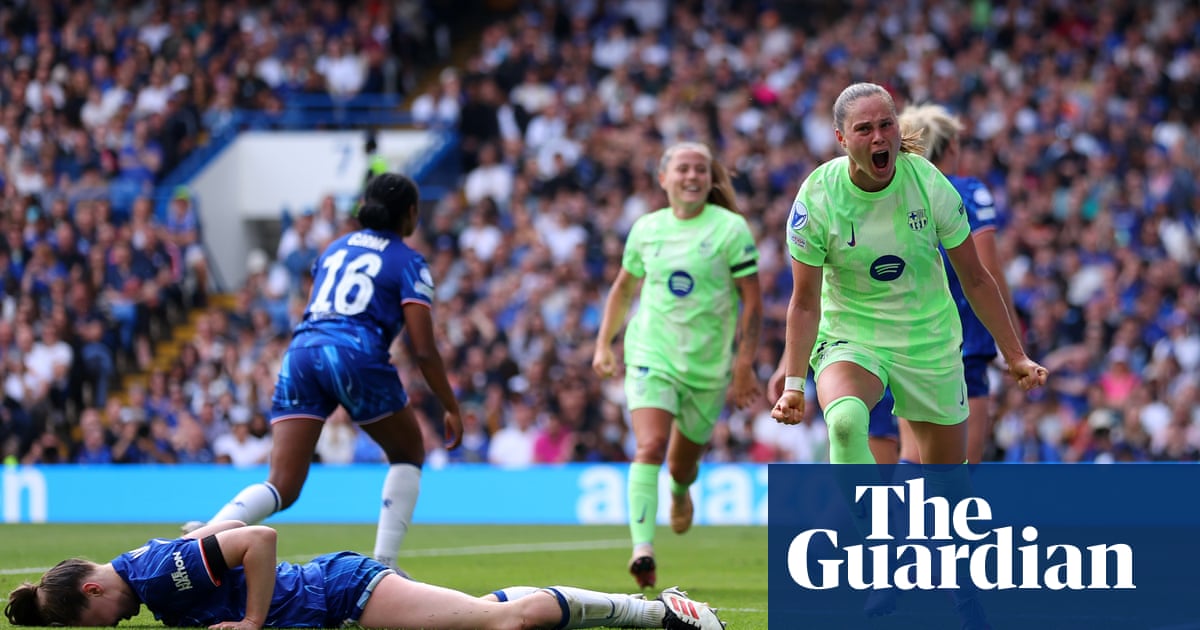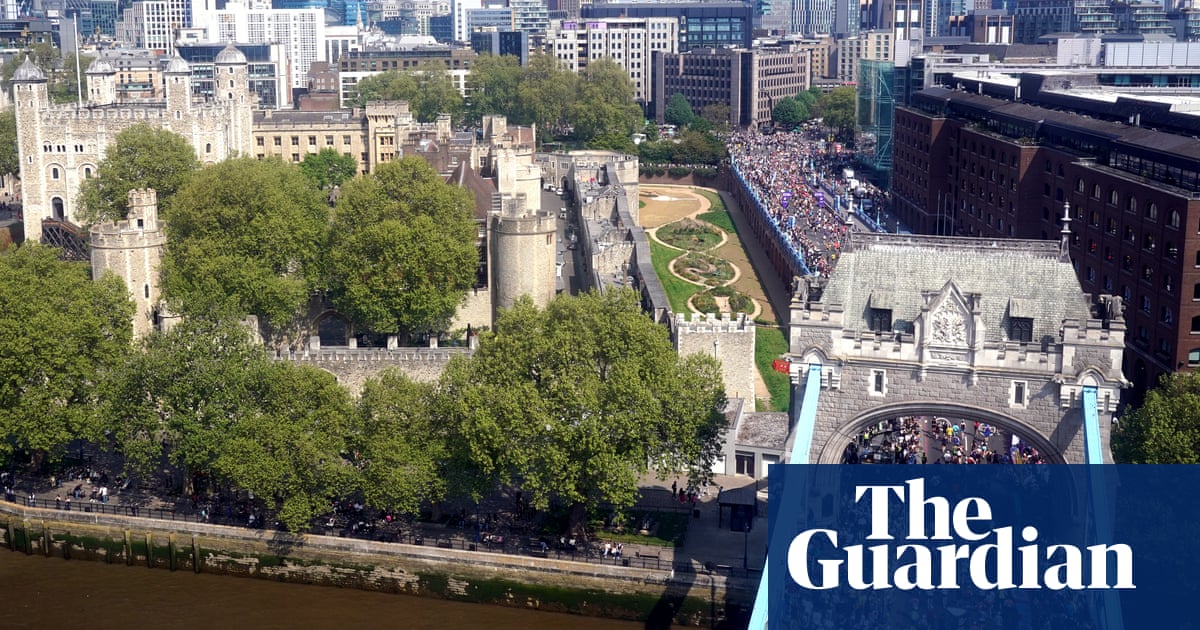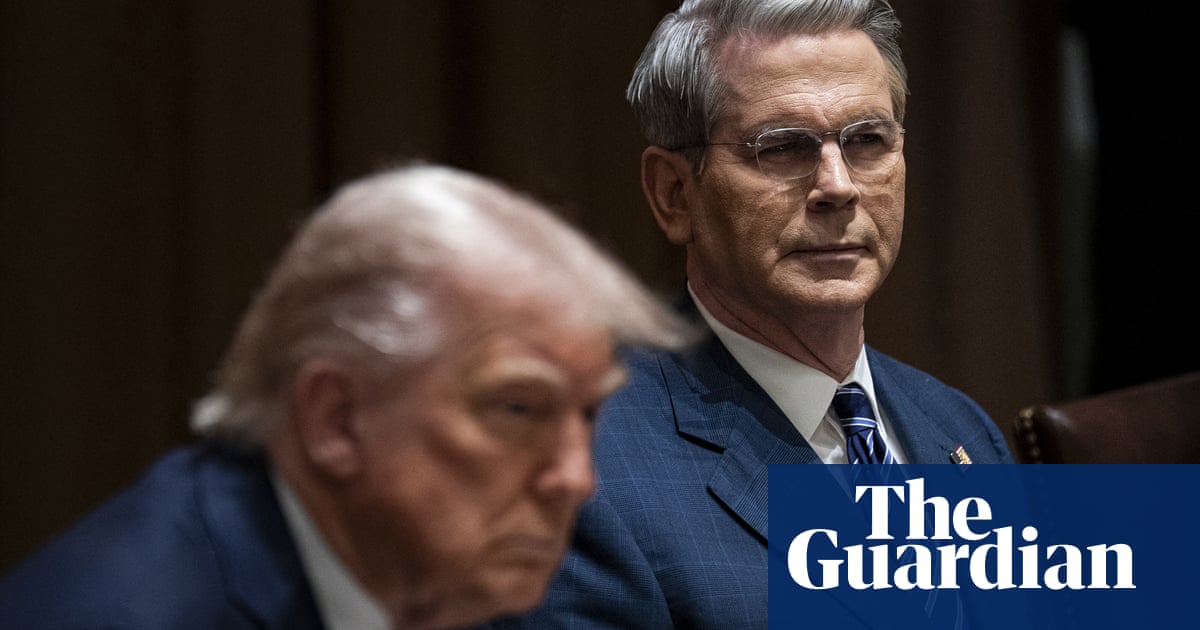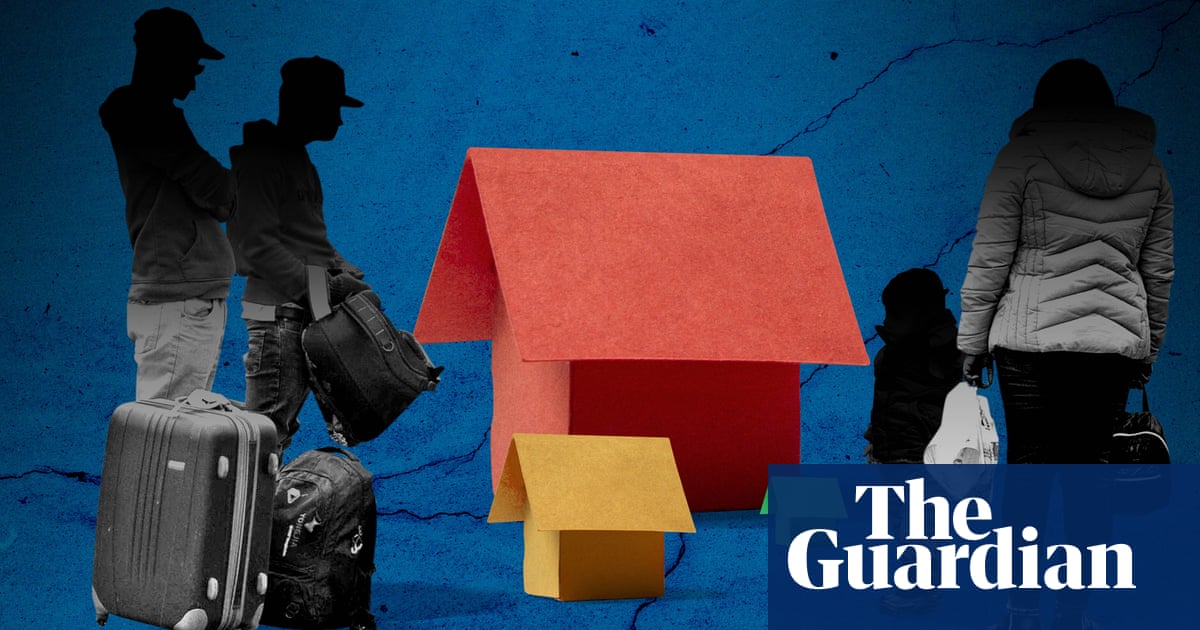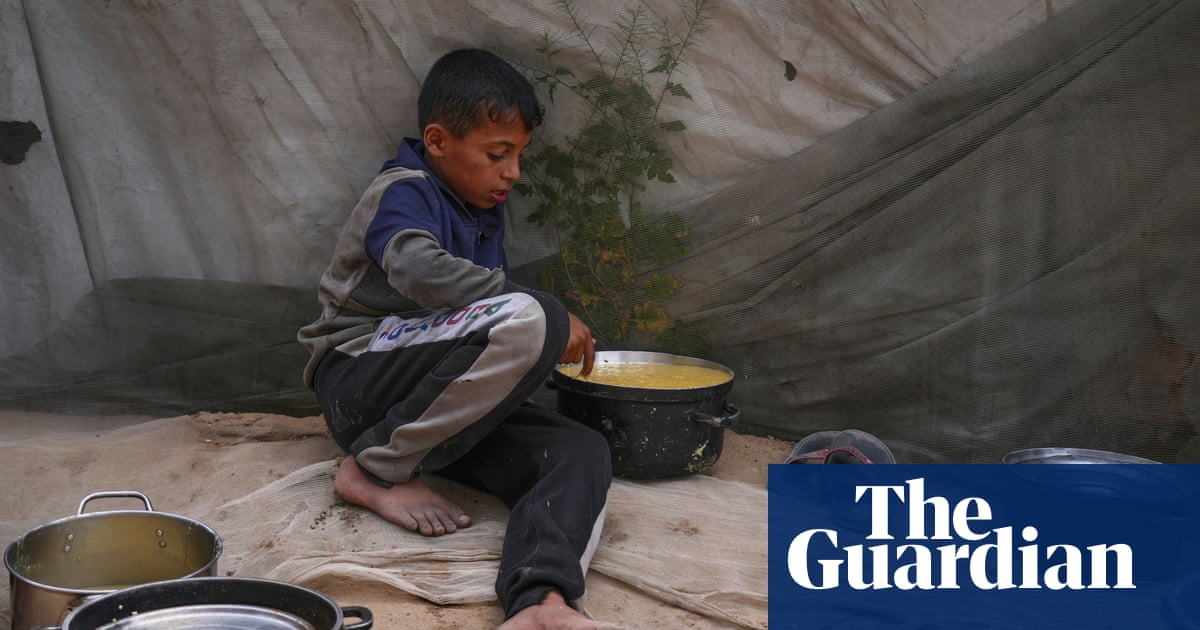Monday’s Canadian federal election is likely to determine the economic future of the country for years to come. Someone should inform the Conservatives and the New Democratic party (NDP). On 6 January this year, Justin Trudeau announced his resignation as prime minister and leader of the Liberal party, which had been in power since 2015. His resignation came amid plummeting support: the Liberals hadn’t formed a majority government since 2019 and on the day Trudeau resigned, the party netted its lowest approval rating at 20%. After a truncated leadership race, Mark Carney became Canada’s prime minister and leader of the Liberal party. He is now on the brink of retaining his position.
Pierre Poilievre, on the other hand, leader of the official opposition Conservative party, has seen his party’s fortunes ignominiously drop from 44% support when Trudeau resigned to 37% on 9 April. This is a battle of leadership, and while for two and a half years Poilievre seemed on course for victory at the next election, the re-election of Donald Trump in November reoriented politics. Poilievre has been flatfooted and unable to adjust to the new environment. Now he is struggling to retain his own seat.
Prior to Trump’s election, Poilievre shaped the political conversation by attacking Trudeau, and was successful in denigrating one of Trudeau’s signature policies, the carbon tax to combat the climate crisis. With his slogan “axe the tax” he blamed the carbon tax for the rising cost of living. The slogan was catchy and seemed to address the financial squeeze many households were facing. His hammering of Trudeau’s climate policy and his frequent claims that Canada was broken contributed to the former prime minister’s plummeting approval rating.
Unfortunately for Poilievre, we are now in the era of Trump, in which national pride – in opposition to the US president’s promise to annex Canada to become the 51st state – has galvanised the country. Prioritising Canadian-made products, Canadian stores and Canadian culture, the country finally speaks with one voice that says, “elbows up” – a reference to a defensive hockey move, that has become a national rallying cry.
The NDP is also seeing support fall to its lowest level since 1993, when it won only nine seats. The party’s support has dropped from about 19% at the time of Trudeau’s resignation to as low as 8.2%. Leader Jagmeet Singh’s undignified performance on the campaign trail may cause the loss of official party status (for which a minimum of 12 seats is required) in the House of Commons. In other words, the NDP is irrelevant.
The economy is now the focus of the election. The main question is whose stewardship will bring about a better outcome for the country and its future. When asked about affordability during the leaders’ English language debate, Carney responded: “The biggest risk we have to affordability, the biggest risk we have to this economy is Donald Trump.” In other words, tariffs and Trump are our biggest rivals to prosperity, rather than a paltry carbon tax that Carney had in any case already cancelled.

In this race, Poilievre is a minnow and Carney, the former Bank of Canada and Bank of England governor, is the shark. Carney may be confirmed in Canada’s highest office simply through having the gravitas and requisite employment record to steward the economy, despite lacking political experience.
This election also exposes a significant generational divide. The Conservatives have captured the 49-and-under demographic, while the Liberals are the strongest with those over 49. One major reason for this is asset ownership and appreciation. Older Canadians own houses, and have investments that have matured at a healthy pace, especially in an inflationary economic environment. The value of their capital holdings has appreciated over time, and therefore they can capitalise on increasing house prices. But for those who seek to get on to the property ladder, rising house prices have negated the opportunity for upward economic and social mobility, and expensive rents have hamstrung a lot of young people. Their money can only go so far, as they have experienced a falling real wage due to inflation. According to an OECD report, Canadian “real wages are still 2.4% lower than they were just before the pandemic in Q4 2019”.
Inflation has made Canada a very expensive place to live. Housing, food and energy, to name a few expenses, have soared. Trump’s tariffs threaten to cause a recession that could see many Canadians lose their jobs, especially in the working class. Those on lower incomes are more likely to vote Conservative, whereas those with university degrees are more likely to be Liberal supporters. Poilievre has hammered the Liberals on the affordability crisis, accusing the party of failing to fully address it; while the Conservatives have framed their platform around the growing cost of living for families, the Liberals’ platform is a framework for nation-building. The latter does not address the immediate affordability crises many Canadians face.
A big problem for the Conservatives is that women reject the party. Ekos, a political polling company, calculates the female vote at 51% for the Liberals, compared to 26% for the Conservatives. Poilievre appears to give some women the ick. His aggressive communication style, gruff responses to questions and constant attack mode are turn-offs. It is difficult to find women posing behind him at press conferences amid a wall of men. Women are also more likely than men to vote to preserve social services, which is not Poilievre’s mainstay. He voted against the three largest publicly funded social programmes that have been designed during the last decade, including affordable childcare, dental care and pharmacare.
Unfortunately, there are issues that have not been addressed in this election. The English-language leaders’ debate focused on rightwing talking points such as crime, border security, energy and tariffs. Left out were many social issues, allowing candidates to avoid answering questions about funding for public services. If there is a recession, politicians are likely to cut social services to the bone, disproportionately affecting poor and working-class Canadians. The homelessness crisis, opioid overdose epidemic and climate catastrophe are all going unaddressed. We also need more funding for community programmes to elevate the many marginalised people in Canada – but since the debate did not touch on those issues, we have no idea what the parties’ positions are.
Nor did we hear anything regarding Indigenous rights beyond establishing partnerships for pipeline expansion. The Truth and Reconciliation recommendations have yet to be wholly implemented. We still have work to do with implementing the recommendations of the missing and murdered Indigenous women and girls inquiry and infrastructure upgrades on reserves. Carney and the Liberal platform have produced vague commitments on Indigenous rights, but most racialised Canadians have been ignored in both Carney’s and Poilievre’s visions for Canada.
This election is focused more on Canada and less on Canadians. It lacks solutions for those who are struggling. It’s offering trickle-down politics, instead of relief and community-building from the ground up. Without those, no nationalism will heal the fissures in Canadian society.
-
Erica Ifill is a political columnist based in Canada

.png) 9 hours ago
8
9 hours ago
8






